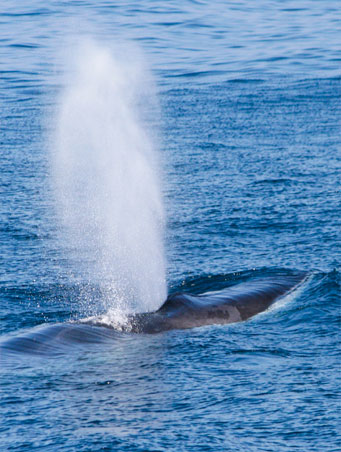The green turtles are the only herbivore among sea turtle species. They are so called because of the green coloured cartilage and fat and not because of the shell, which is often darker instead. Their diet, based on seagrasses and algae, is what gives their cartilage and fat a greenish colour. Their shell, instead is not green and can also be dark in some parts of the world, where they are called black turtles by the locals.
Similarly to other sea turtles, green turtles are known to travel incredibly long distances during their lifetimes. The two largest remaining nesting areas (in terms of numbers of nesting females) for green turtles are the Caribbean coast of Central America and the Great Barrier Reef in Australia. However they can be sighted in the Mediterranean Sea, where they are mainly found across the warmer eastern region and where they are known to have juvenile developmental grounds.
They are the largest hard-shelled sea turtles, with a length of about 90 to 120 cm and can weigh up to 160 kg. Their single pair of prefrontal scales make it easily distinguishable from the double pair in the loggerhead turtles.
Like all sea turtle species, they are threatened by human activities, such as by-catch, collisions, habitat degradation, hunting for meat consumption.

The common bottlenose dolphin is most likely the best known of all cetaceans, figured in legends and being known since the ancient Greeks ...

The short-beaked common dolphin is a medium-sized dolphin, easily distinguishable by a very unique hourglass-like pattern on the side of ...

The striped dolphin is the most abundant dolphin species in the Mediterranean Sea. It is a small, active and energetic dolphin, usually s ...

Risso’s dolphins are large members of the Delphinidae family, presenting a distinctive coloration that can vary throughout their ...

The fin whale is the second longest animal in the world, after the blue whale, reaching a length of 23 m and weighting up to 50 tons. The ...

The sperm whale is easily recognisable by its massive heads which contains the spermaceti: the world’s most powerful natural sonar or ech ...